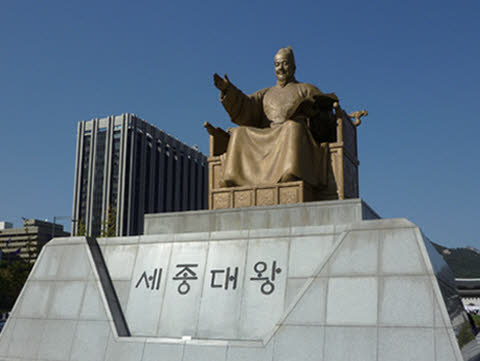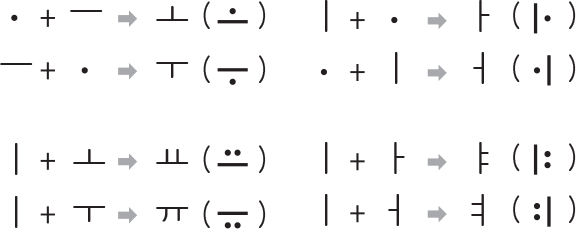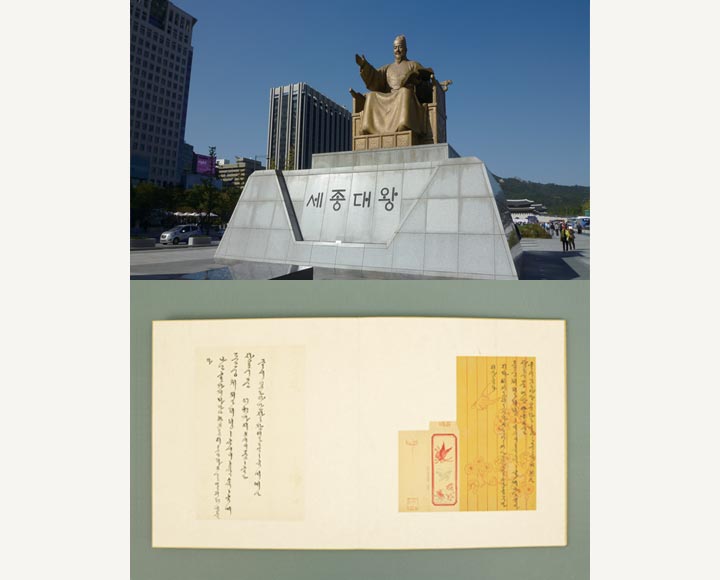“Hangul is the unique alphabet used by Koreans.”
 Annyeong
Annyeong
 Annyeong
Annyeong
 Statue of King Sejong the Great (Gwanghwamun, Seoul)
Statue of King Sejong the Great (Gwanghwamun, Seoul)
Hangul is the unique alphabet used by Koreans. In 1443, it was created by King Sejong the Great under the name of Hunminjeongeum. Hunminjeongeum means the proper sounds for the instruction of the people. The alphabet was made easy for anyone to learn. A total of 28 letters were created, including the 17 consonants modeled after the body parts that make sounds (mouth, tongue, inside the mouth, and throat), and the 11 vowels imitating the shape of the sky, earth and human. Currently, only 24 letters are being used, including 14 consonants and 10 vowels. Hangul was designated as a UNESCO World Heritage Site in 1997.





 Principle of hangul structure i
Principle of hangul structure i

Statue of King Sejong the Great in Gwanghwamun, Seoul
 Annyeong
Annyeong
Hangul is the unique alphabet used by Koreans. By modeling the body parts that make sounds (mouth, tongue, inside the mouth, and throat), the 17 consonants were created, and by taking the shape of the sky, earth and human, the 11 vowels were made. King Sejong the Great named it Hunminjeongeum, which means correct sounds for the instruction of the people, and published a document under the same name to record its structural principle and the academic background.